UV-VIS 2000 Spectrophotometer
Labindia Analytical UV-VIS 2000 is a cutting-edge spectrophotometer designed for modern laboratories. This versatile instrument excels in quantitative analysis across a range of fields, including agriculture, environmental science, food safety, and pharmaceuticals. With its advanced features and high-quality construction, the UV-VIS 2000 stands out as a reliable tool for precise measurements in various applications.
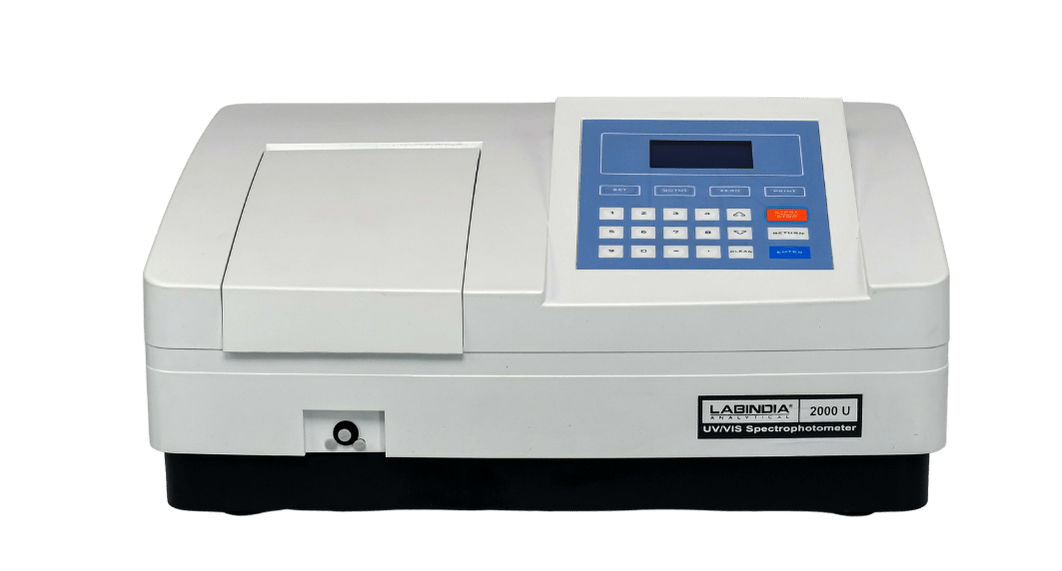
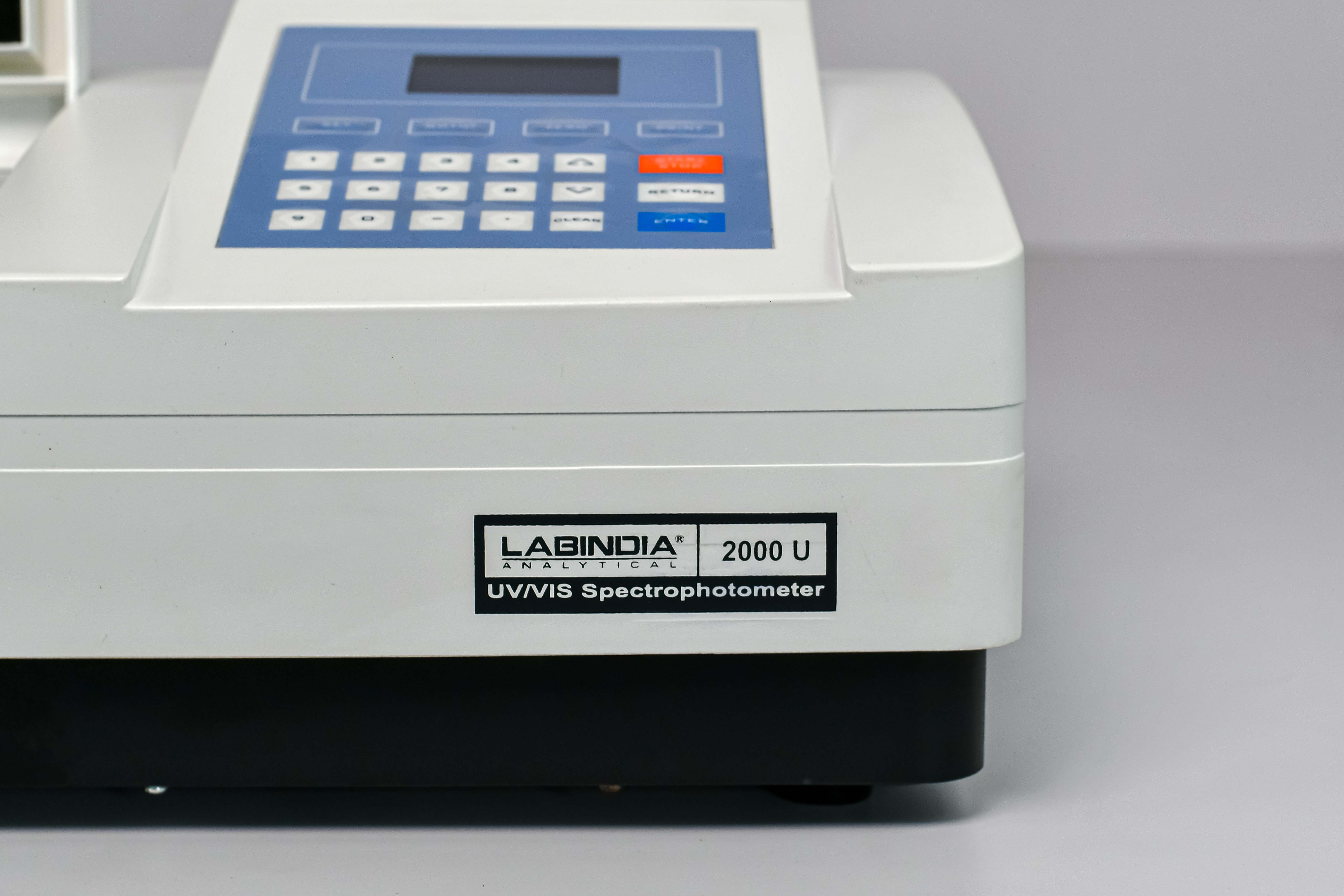
feature-1
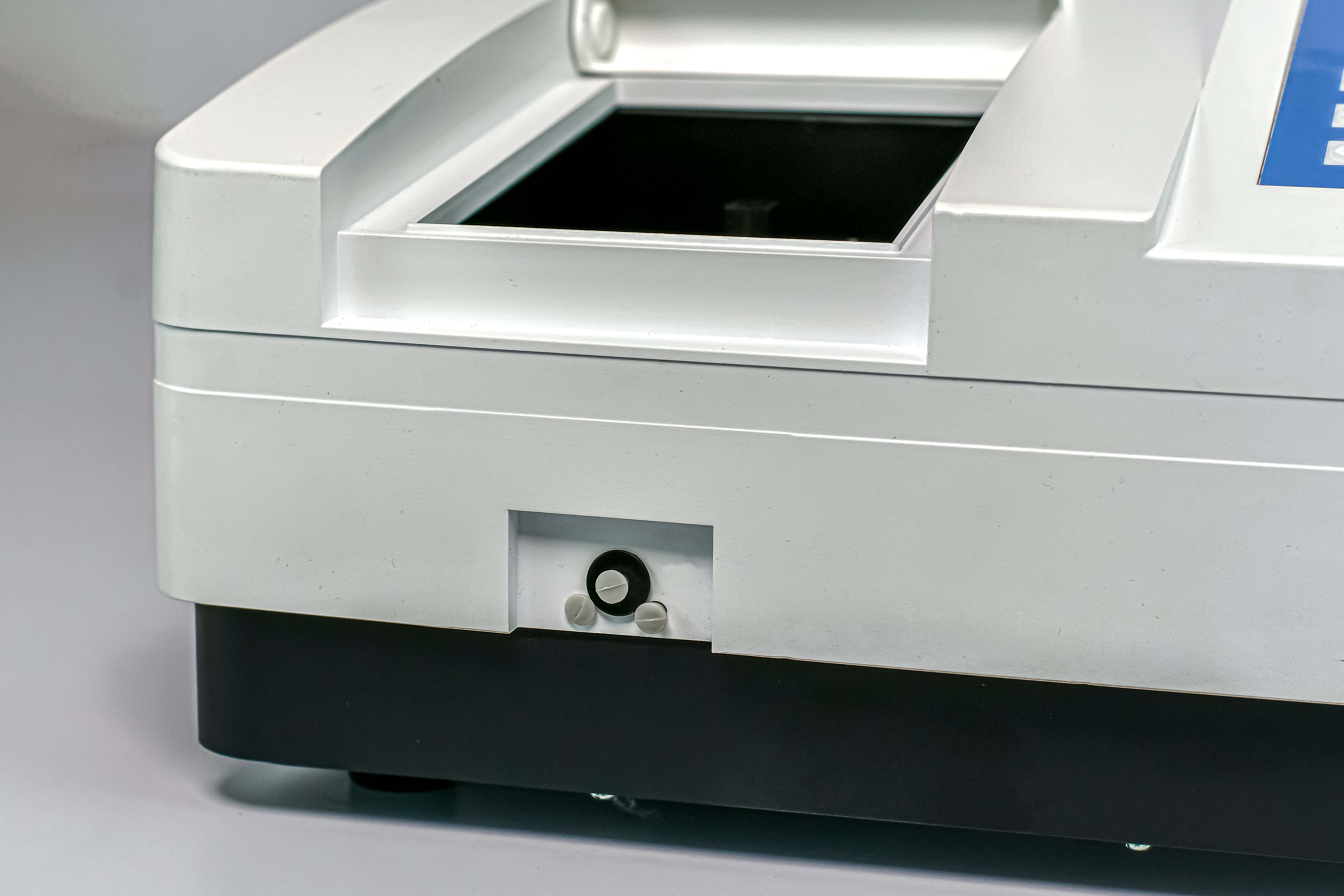
feature-2
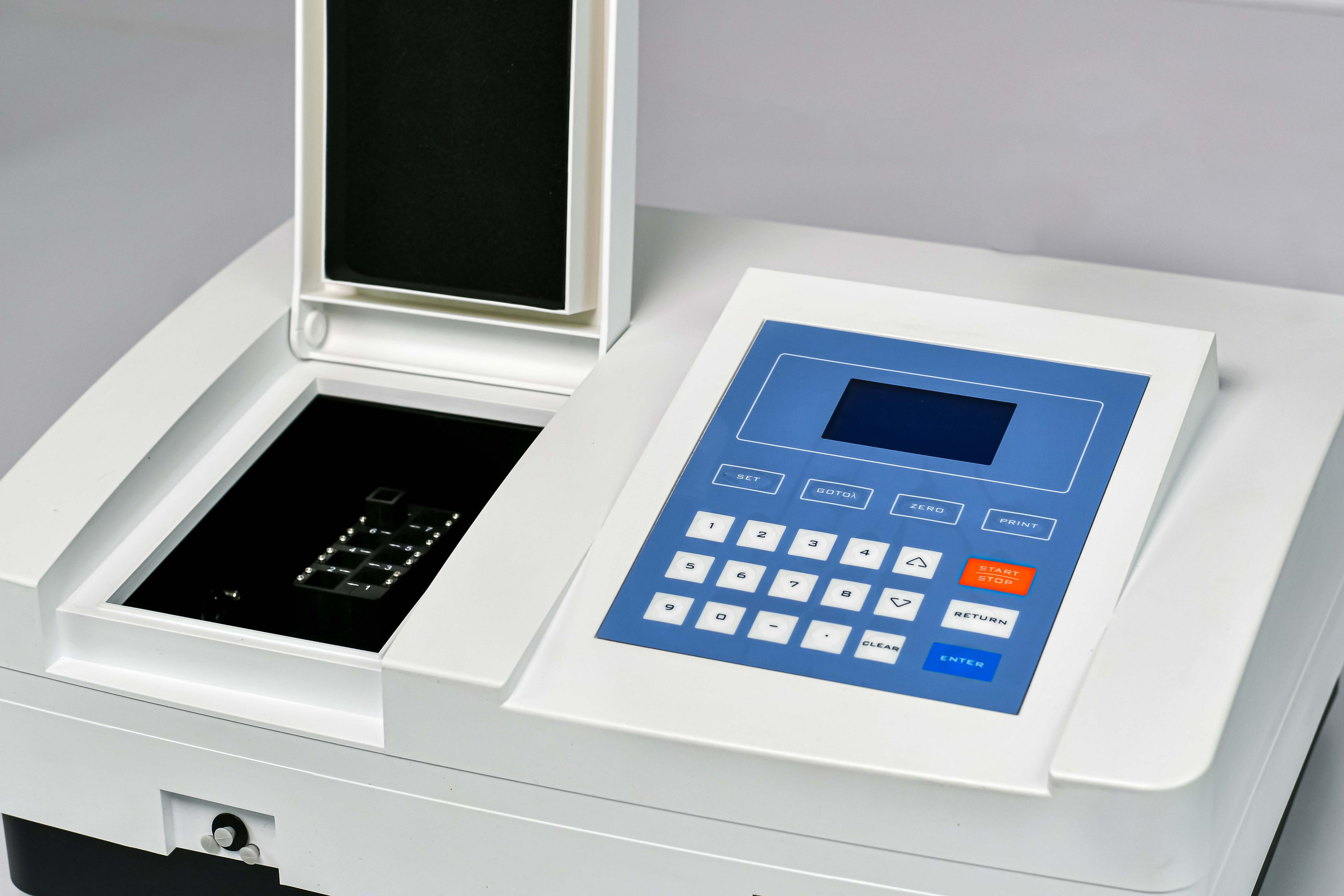
feature-3
UV-VIS 2000 Spectrophotometer
Labindia Analytical UV-VIS 2000 is a cutting-edge spectrophotometer designed for modern laboratories. This versatile instrument excels in quantitative analysis across a range of fields, including agriculture, environmental science, food safety, and pharmaceuticals. With its advanced features and high-quality construction, the UV-VIS 2000 stands out as a reliable tool for precise measurements in various applications.
ENHANCED FLEXIBILITY
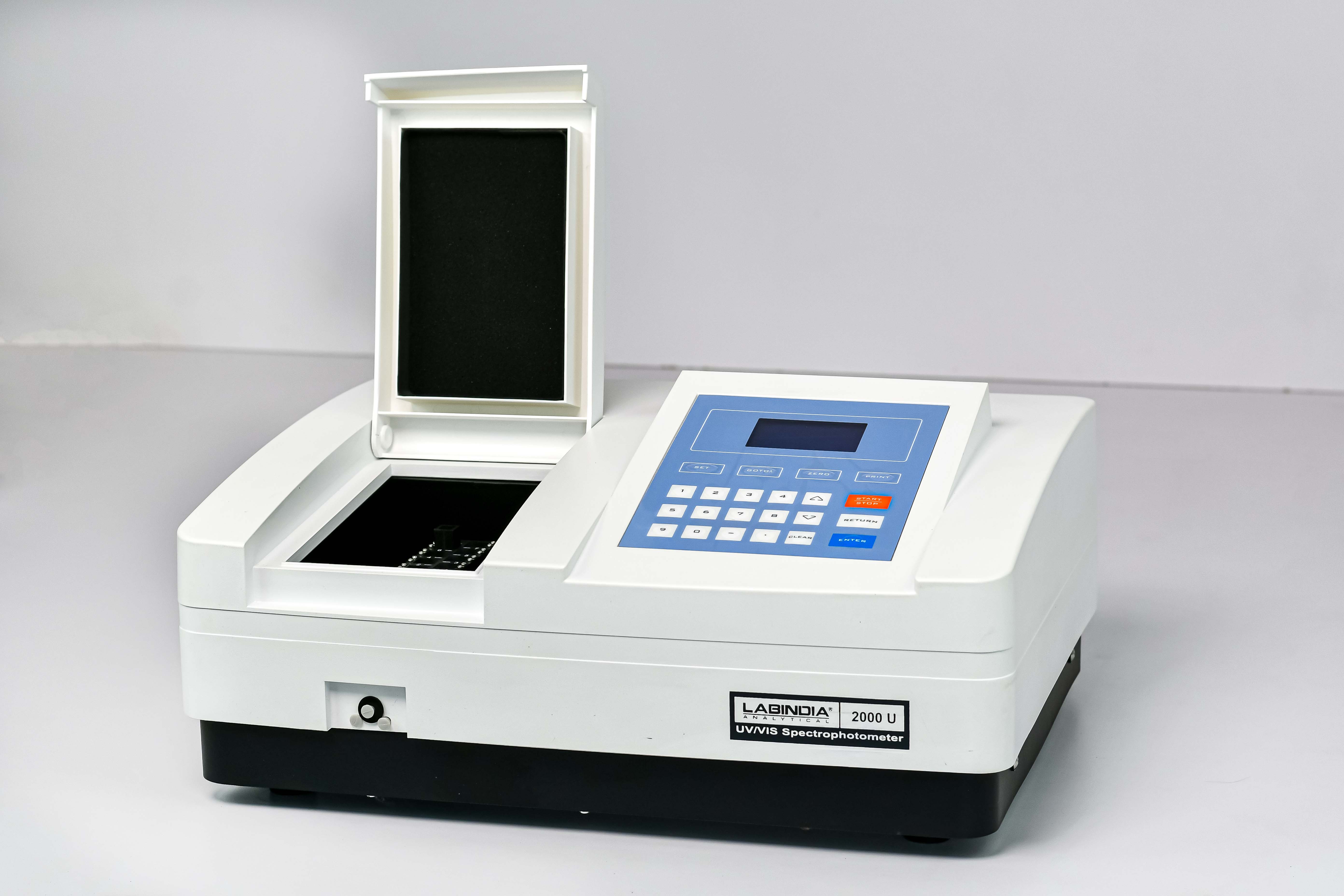
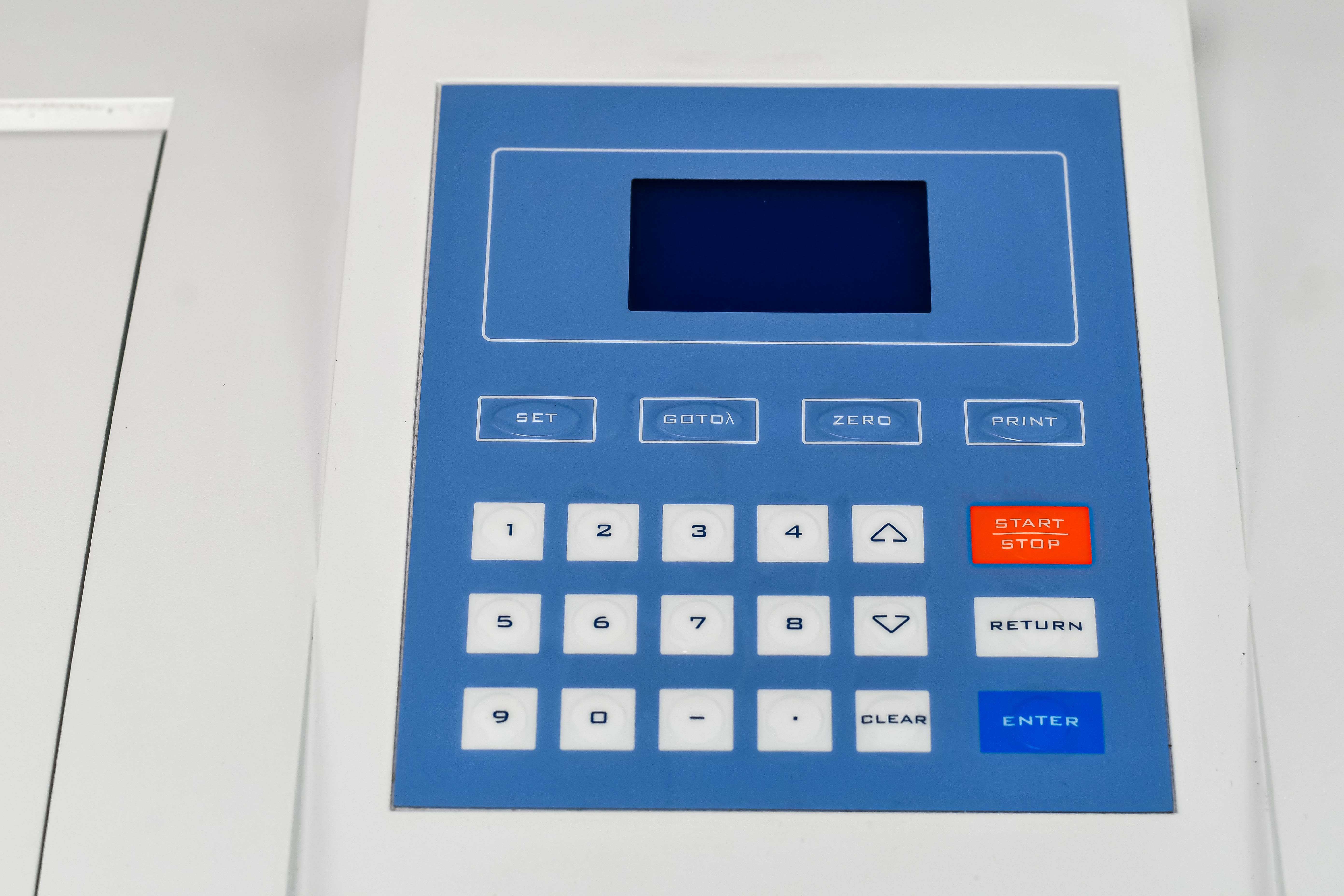
Equipped with M.Wave Professional software, the UV-VIS 2000 allows for photometric fixed wavelength measurements and can easily be upgraded to support quantitative analysis, multi-wavelength spectrum, and kinetic studies. Its robust modular design and compact footprint make it ideal for modern laboratories, providing versatility without compromising space.
Key Features
The Dual Beam UV-VIS 2000 Spectrophotometer boasts a fixed 2nm spectral bandwidth and exceptional low stray light levels of just 0.05%T, ensuring precise and reliable measurements. With a wavelength accuracy of ±0.5nm and a holographic blazed grating of 1200 lines/mm, this instrument is designed to meet the demanding requirements of various analytical applications.
SUPERIOR PERFORMANCE


